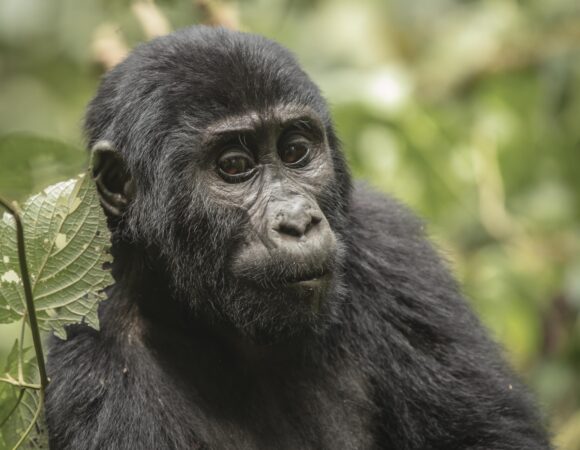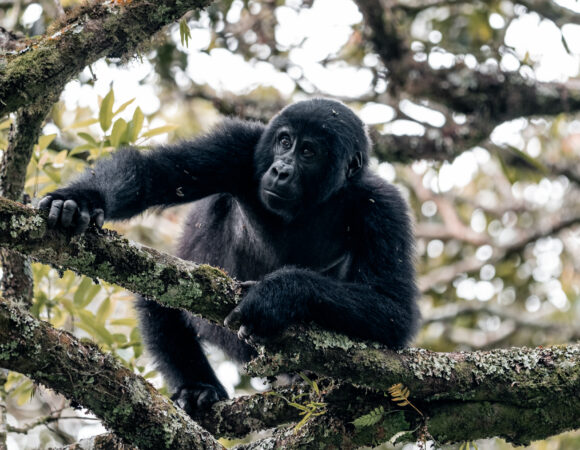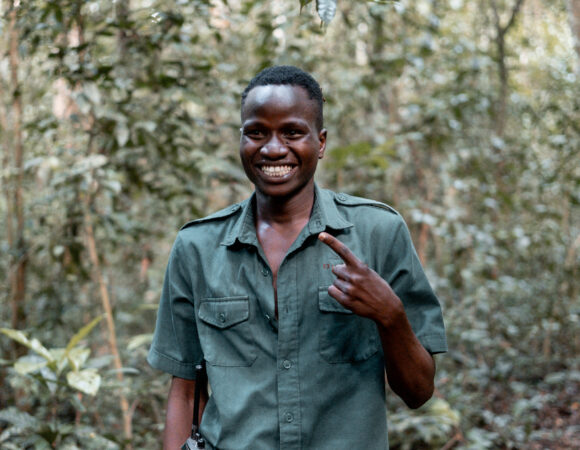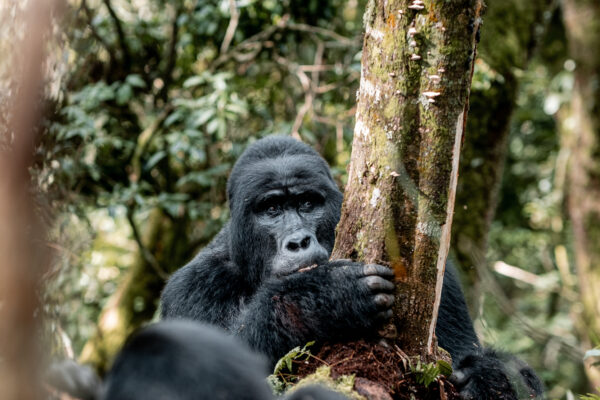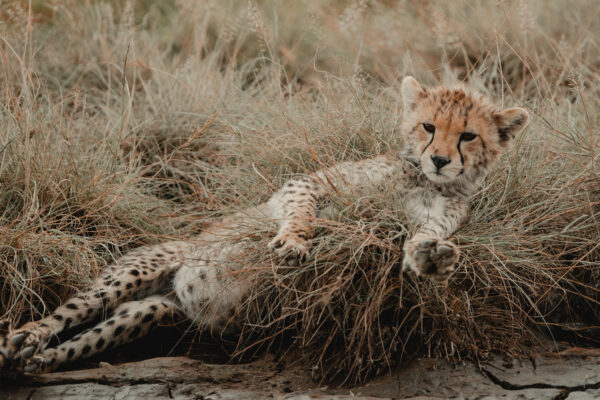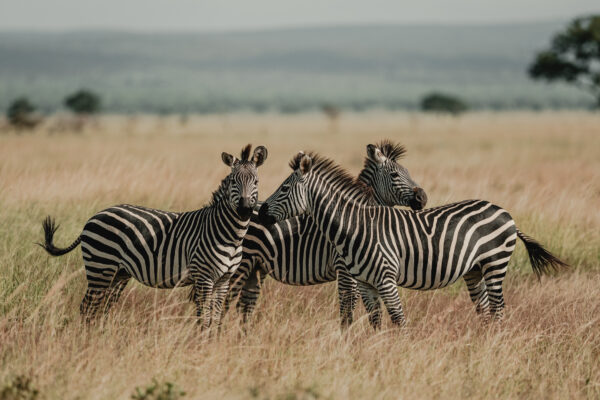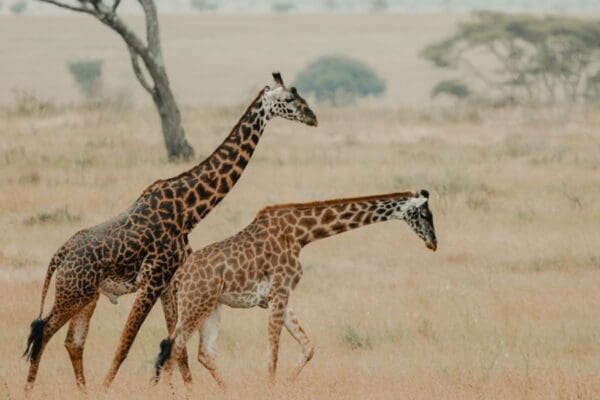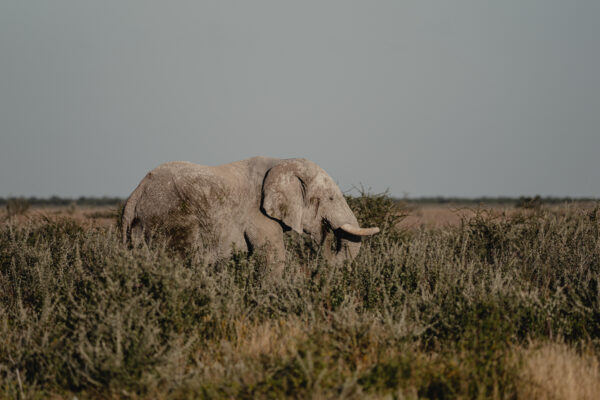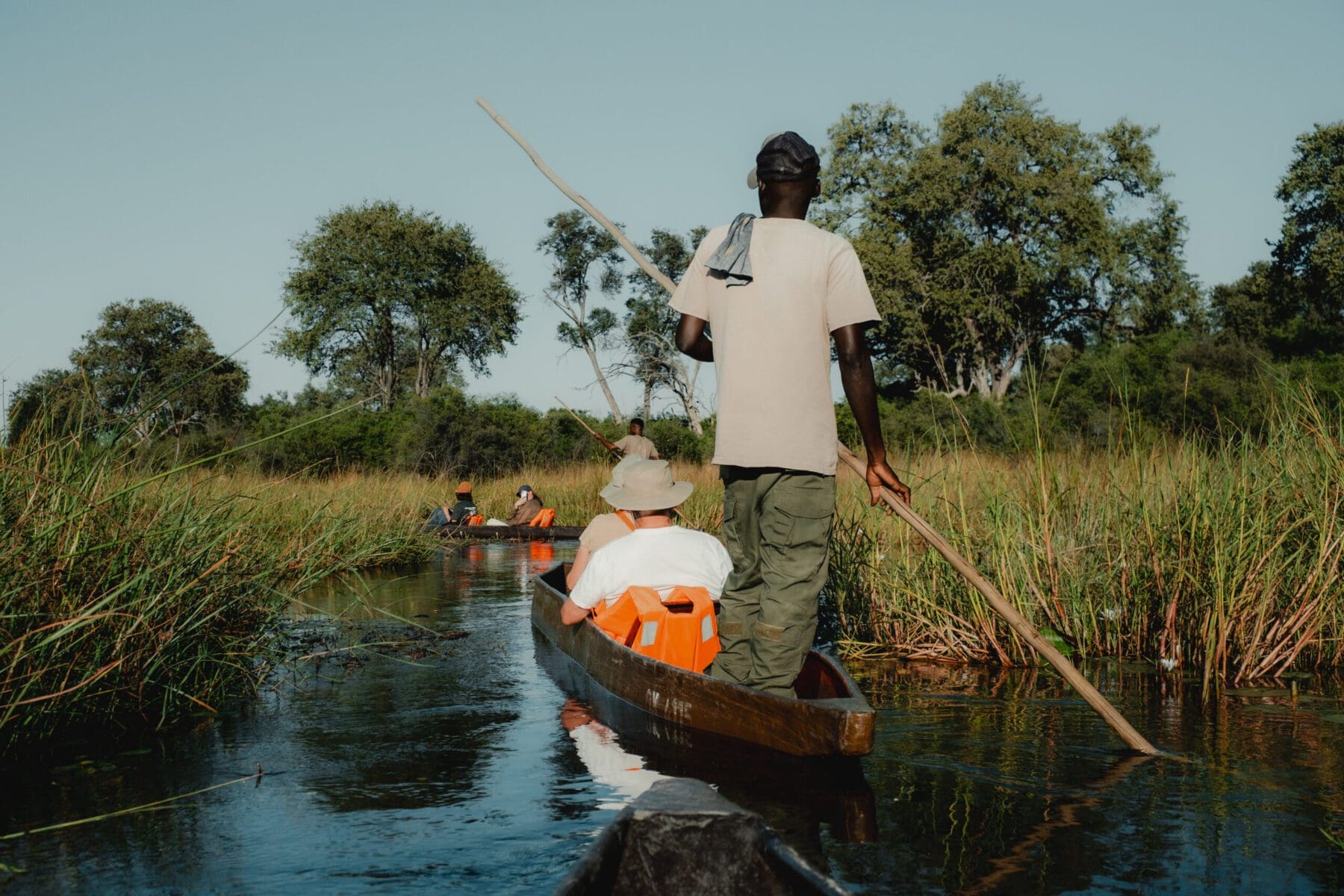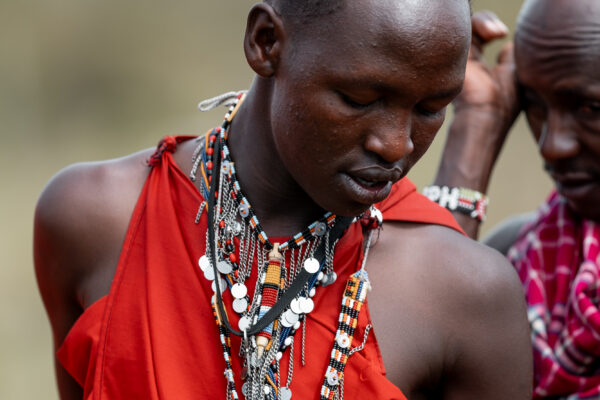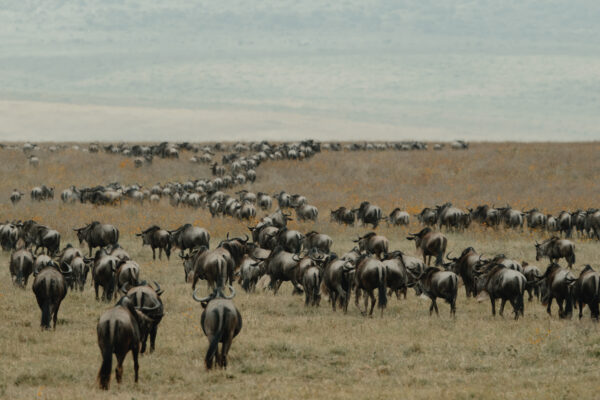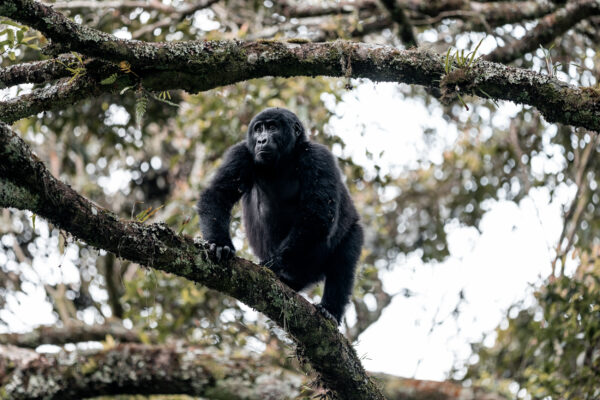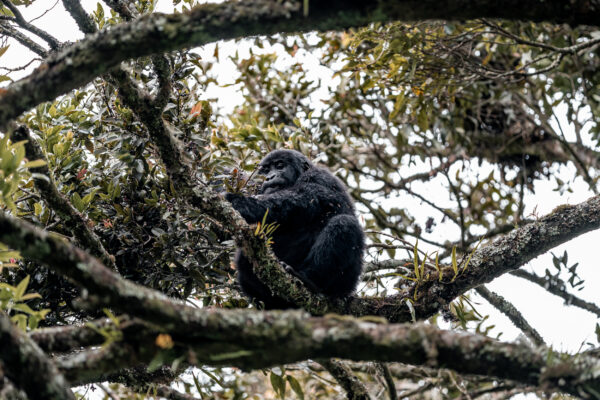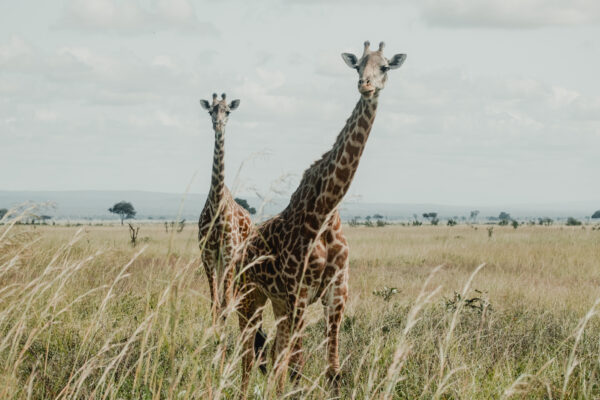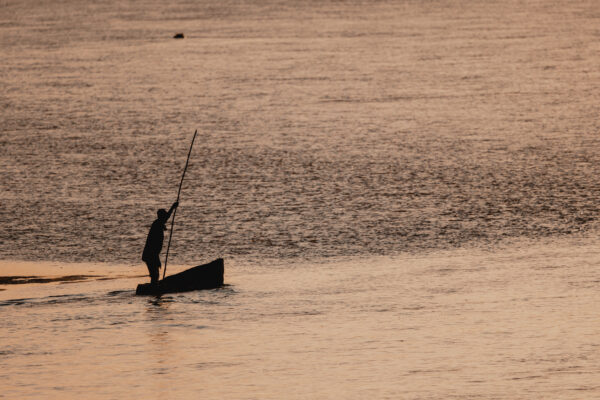- Home
- Bwindi Impenetrable Forest
Bwindi Impenetrable Forest National Park: A Pristine Jungle Sanctuary
Nestled in southwestern Uganda, Bwindi Impenetrable Forest National Park is one of Africa’s most biologically diverse and ecologically significant destinations. Covering approximately 321 square kilometers of rugged rainforest terrain, this UNESCO World Heritage Site is famed for being home to nearly half of the world’s remaining mountain gorilla population. Its dense, ancient forest, estimated to be over 25,000 years old, offers a dramatic backdrop for one of the most sought-after wildlife experiences—gorilla trekking.
A Haven for Wildlife
Beyond its iconic gorillas, Bwindi is a biodiversity hotspot, harboring over 120 mammal species, including forest elephants, bush pigs, and duikers. It also boasts over 350 bird species, many of which are endemic to the Albertine Rift. Birdwatchers flock to Bwindi to spot rare species such as the African green broadbill and the Rwenzori turaco. The park is also home to more than 200 butterfly species, making it an enchanting destination for nature lovers.
Gorilla Trekking: A Once-in-a-Lifetime Experience
The main attraction in Bwindi is the chance to trek through thick jungle to observe mountain gorillas in their natural habitat. The park hosts several habituated gorilla families, with strict conservation efforts ensuring their protection. Gorilla trekking permits are limited to small groups, enhancing both conservation and visitor experience. Treks can last anywhere from one to eight hours, as they depend on the gorillas’ movements.
Interesting Facts About Bwindi
- The park’s name, “Bwindi,” means “dark place” in the local Runyakitara language, referring to the thick vegetation that makes it nearly impenetrable.
- Bwindi has one of the highest mammal diversity rates in East Africa, surpassing even larger parks.
- The indigenous Batwa people, also known as “forest pygmies,” were the original inhabitants of Bwindi and lived as hunter-gatherers before conservation efforts led to their displacement.
- Despite being located on the equator, Bwindi’s altitude (ranging from 1,160 to 2,607 meters) gives it a cool, misty climate.
Conservation and Ecotourism
Bwindi is a model for community-based conservation, with tourism revenues supporting local communities. Sustainable tourism ensures the protection of this ancient rainforest, allowing visitors to experience its untamed beauty while helping to preserve it for future generations.

